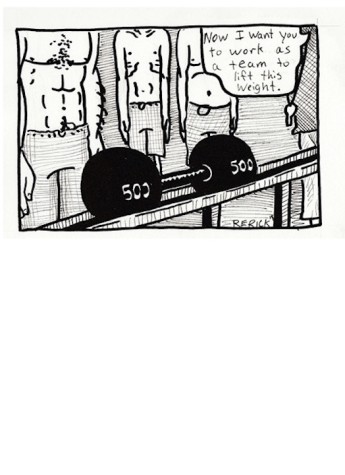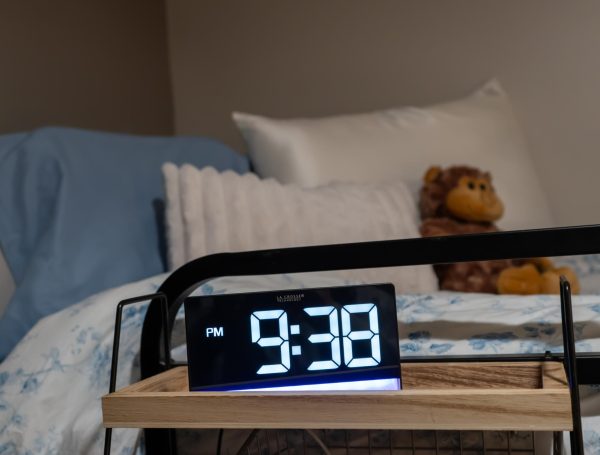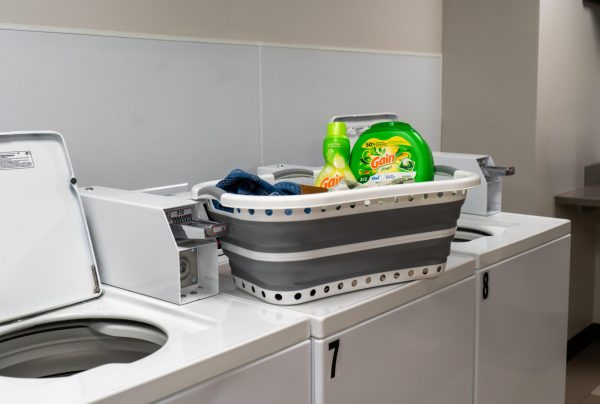Excessive tanning threatens health
Safety risks involved in tanning beds aren’t worth it.
Image courtesy Joy Reactor.
When you’re 19, sometimes you think nothing can touch you. You think that somehow the bad things will always happen to someone else, never to you. This is the perspective I’ve carried for some time, particularly about tanning.
In high school, I really only tanned in preparation for dances — homecoming, winter formal and prom. But when I came to college, I found myself seeking shelter in the glow of tanning beds more often. It was just something casual — a way to feel better about myself. It also felt dang good in the frigid months of winter. I cut back on tanning a lot this year, but it was still a pretty regular occurrence until recently.
I’ve never been one of those girls who looks like she rolled around in Doritos. I’ve always known tanning wasn’t good for you, and I never truly overindulged in it. I guess I was a bit naive about the whole subject though, because I never thought the consequences would catch up to me.
Maybe I should have.
When I went in for a doctor’s appointment a few weeks ago, my doctor took one look at my face and said that she didn’t like the look of the mole above my eye.
“It’s raised and darker in the center,” she said. “I want to remove it.”
I’ll be honest, I was a little freaked out. When I got the results back from its testing, I got the same knot in my stomach that I’d had when she first told me she wanted it removed. My results weren’t the worst-case scenario, but they definitely weren’t comforting. It wasn’t cancer, but I needed to see a plastic surgeon to get more removed. I also was told that if I had been tanning, I needed to stop.
After I heard this, I went to the two sources I use most for comfort and answers — my mother and Google. My mom calmed me down and assured me everything was OK. She helped me see the bright side, but Google showed me some things as well.
I’ve always known tanning was bad for you — don’t we all? The details of tanning’s danger, however, made the knot in my stomach tighten.
According to skincancer.org, people who tan in tanning beds verses outdoor tanning are 74 percent more likely to develop melanoma. In addition, people who tan indoors are more than twice as likely to develop squamous cell carcinoma, and 1.5 times more likely to contract what’s called basil cell carcinoma. Those who only tan indoors about four times a year have an 11 percent increased risk of developing melanoma. Let’s just say I’ve indoor tanned a lot more than four times.
Even though my test results told me it wasn’t cancer, I don’t want to take any chances. According to these statistics, the odds aren’t in my favor. So I’ve decided I’m going to stop tanning. I’m sure it seems like a simple and obvious solution to those of you who’ve never tanned. But for those of you who have, you know how nice it can be, which is why my next sentence might be a hard bit of advice for you to swallow.
If you’re a pretty consistent indoor tanner, stop.
I know it’s pretty popular at UND, because we rarely see the sun, it’s freezing and the prices to tan aren’t too bad. But I can promise you, the consequences aren’t worth it.
I got lucky with a close call, but it was definitely enough to sway my opinion. I’d hate to see someone in in a similar position experience anything worse.
Mary Ochs is a staff writer for The Dakota Student. She can be reached at mary.ochs@my.und.edu.







